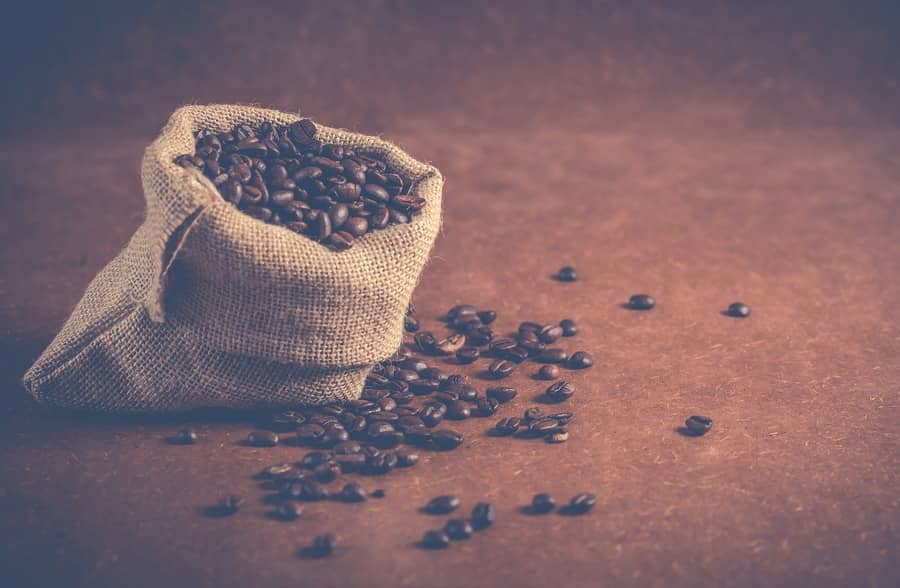Porto Alegre, February 10th, 2023 – The coffee market continues to struggle to overcome some barriers, oscillating between the levels of 170 and 180 cents for the Mar/23 position on ICE US. It remains hostage to financial volatility and is assimilating new ideas regarding Brazil’s 2023 crop. More positive signs for the world economy, removing the fear of global recession, generated corrections in asset prices and also ended up stimulating better coffee prices. The defensive stance of sellers, especially in Brazil, holding back supply, is keeping differentials strong at ports and influencing the behavior of coffee futures prices. This helps to create a bottom for coffee prices in New York.
On the other hand, coffee is still struggling to overcome certain barriers. The good signs for Brazil’s 2023 crop inhibit bullish moves. Lower prices (in comparison to the spot contract in New York) for longer positions reinforce this reversal of reading from the arrival of the next Brazilian crop. The idea is that Brazil’s 2023 crop will reach between 65 and 67 mln bags, with growth concentrated on arabica. Arabica production would reach 42 to 45 mln bags. It is below the record crop of 2020, when it reached 50 mln bags. However, it has a potential of 6 to 8 mln bags more than reaped in 2022, with more optimistic estimates pointing to up to 10 mln bags. A greater supply must increase exports and favor the replenishment of stocks.
Slight improvement in economic scenario favors coffee prices
The economic scenario is slightly better, with IMF projections pointing to a world growth of 2.9% in 2023, up 0.2% from the estimate last October. With the improvement, the Fund rules out the possibility of a global recession. Despite the more positive numbers, growth is still well below the historical average between 2000 and 2019, when it stood at 3.8% a year, which means that the economy has not yet fully recovered from the impact of the pandemic. In any case, it is heading toward more modest growth rates.
The increase in interest rates by central banks, as a monetary strategy to combat inflation, and the war between Russia and Ukraine, still negatively affects world economic activity. The easing of rules to combat COVID and the reopening of China’s borders must bring a little more oxygen to the economy. Thus, after the poor performance in 2022, when the Chinese GDP grew by only 3% – the worst performance since 1976, excluding 2020 which was the first year of the pandemic – the IMF projects an expansion of economic activity in China of 5.2% in 2023 and 4.5% in 2024. Even with the signs of improvement, it is good that the world, especially those who work with commodities, starts to get used to more modest levels of growth in China, which indicates the maturation of the Asian giant’s economy.
The decline in inflation can also help to boost activities. The IMF expects global inflation to drop from 8.8% in 2022 to 6.6% in 2023 and 4.3% in 2024. Even with all efforts, it must remain above pre-pandemic levels (2017–19) ), when it was around 3.5%.
For coffee, the good news is the improvement in the projection of growth in the eurozone, with the IMF indicating a small growth for Germany and Italy, against the retraction projected in the October report. It still indicates a retreat in activity in the United Kingdom, among other things, due to Brexit. Europe is the main coffee-consuming region, accounting for 42% of the world’s total. This more favorable reading ends up alleviating the pessimism surrounding the coffee consumption scenario and, consequently, helping to correct the price levels.
Copyright 2023 – CMA Group

